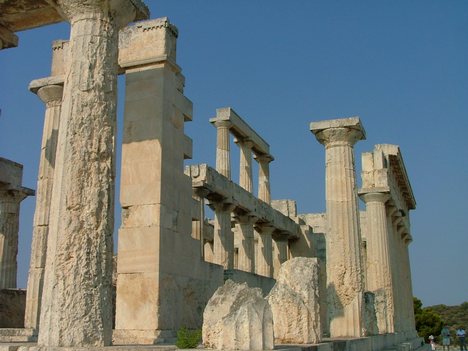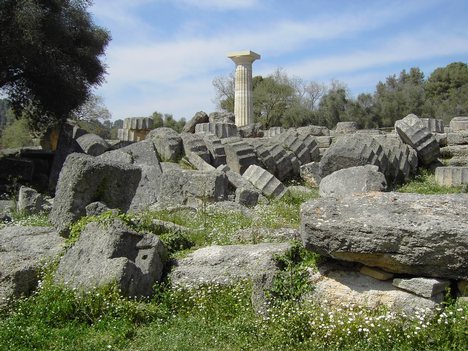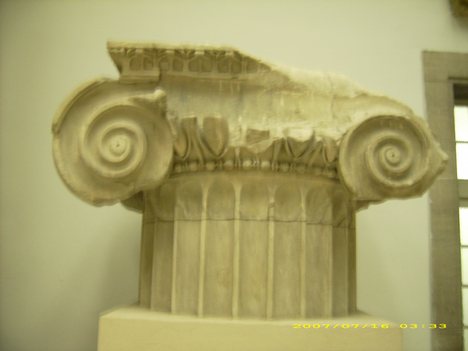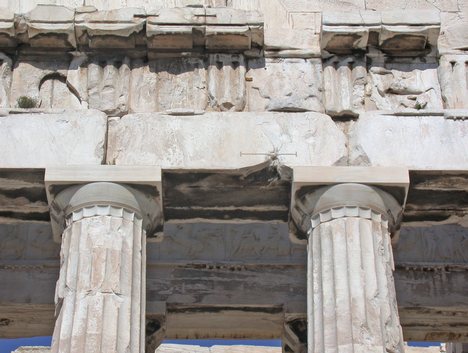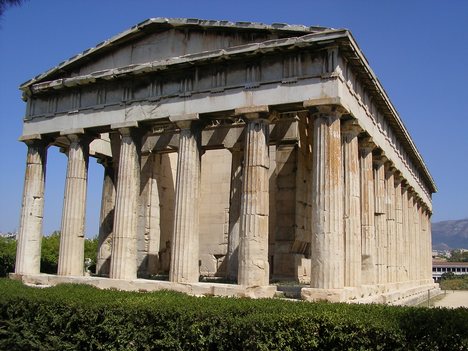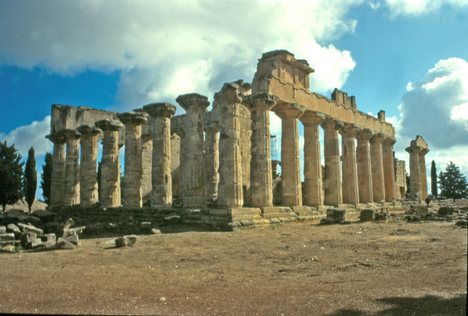
- Order:
- Duration: 2:34
- Published: 2008-01-12
- Uploaded: 2010-12-16
- Author: tiganegeri
these configurations will be saved for each time you visit this page using this browser
A cella (from Latin for small chamber) or naos (from the Greek Ναός meaning temple), is the inner chamber of a temple in classical architecture, or a shop facing the street in domestic Roman architecture (see domus). Its enclosure within walls has given rise to extended meanings, of a hermit's or monk's cell, and since the 17th century, of a bilogical cell in plants or animals.
In Ancient Greek and Roman temples the cella is a room at the centre of the building, usually containing a cult image or statue (execrated by Jews and early Christians as "idolatry") representing the particular deity venerated in the temple. In addition the cella may contain a table or plinth to receive votive offerings such as votive statues, precious and semi-precious stones, helmets, spear and arrow heads, swords, and war trophies. The accumulated offerings made Greek and Roman temples virtual treasuries, and many of them were indeed used as treasuries during antiquity.
The cella is typically a simple, windowless, rectangular room with a door or open entrance at the front behind a colonnaded portico facade. In larger temples, the cella was typically divided by two colonnades into a central nave flanked by two aisles. A cella may also contain an adyton, an inner area restricted to access by the priests—in religions that had a consecrated priesthood—or by the temple guard.
With very few exceptions Greek buildings were of a peripteral design that placed the cella in the center of the plan, such as the Parthenon and the Temple of Apollo at Paestum. The Romans favoured pseudoperipteral buildings with a portico offsetting the cella to the rear. The pseudoperipteral plan uses engaged columns embedded along the side and rear walls of the cella. The Temple of Venus and Roma built by Hadrian in Rome had two cellae arranged back-to-back enclosed by a single outer peristyle.
In later periods a small chapel or monk's cell was also called a cella.
Architecture:From Prehistory to Post Modernity/Second edition by Trachtenberg and Hyman
Category:Ancient Roman architecture Category:Greek temples Category:Architectural elements Category:Ancient Greek architecture
This text is licensed under the Creative Commons CC-BY-SA License. This text was originally published on Wikipedia and was developed by the Wikipedia community.

























